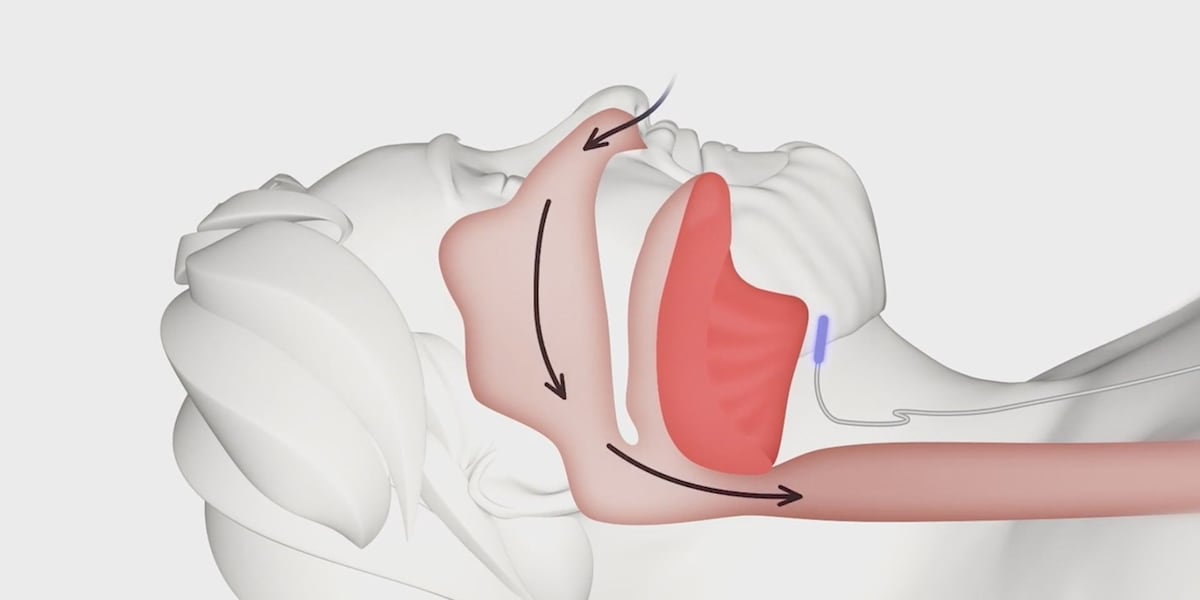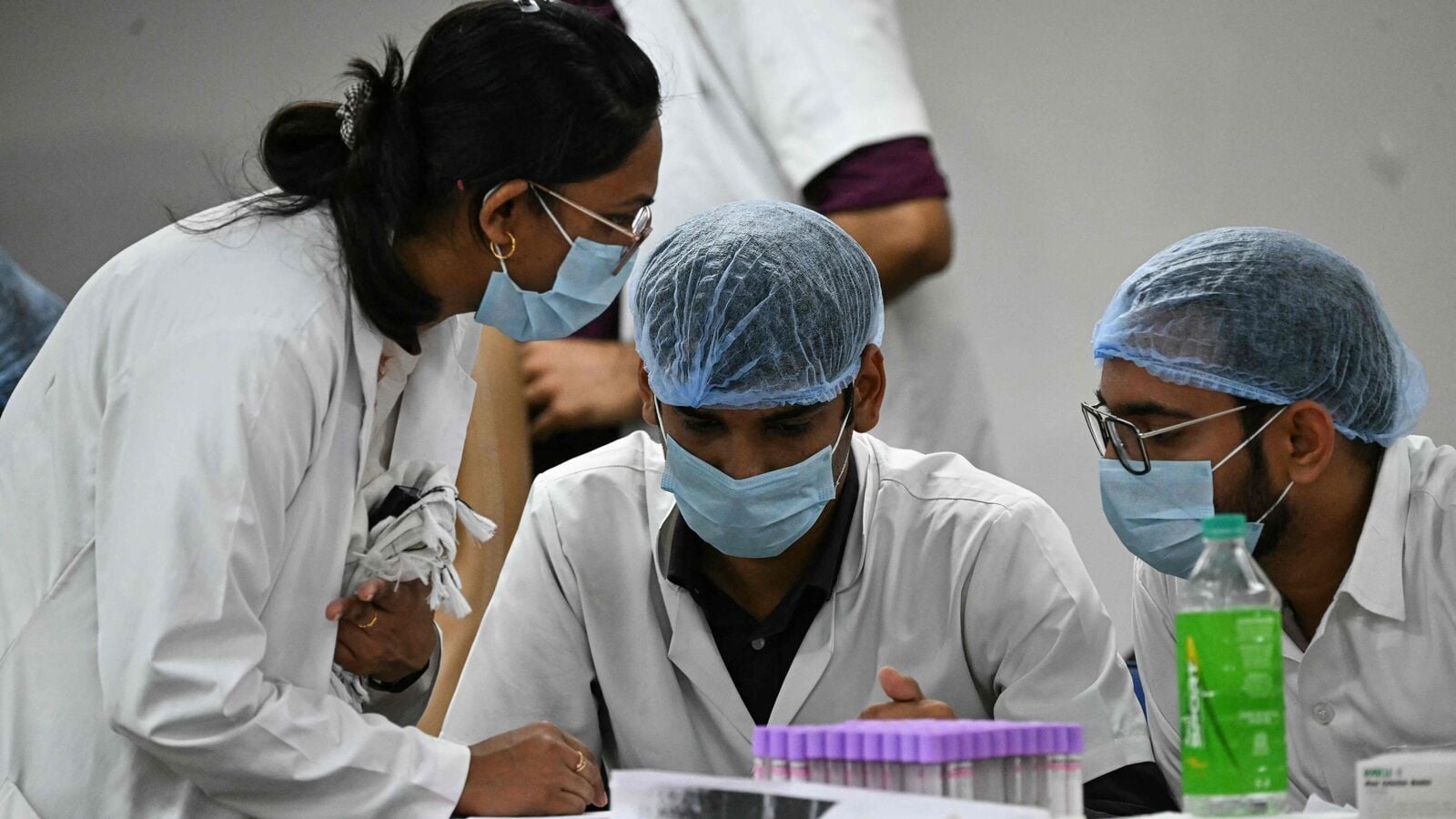Summary
The device is another option for patients who cant wear a CPAP, or continuous positive airway pressure device.
Source: Lincoln & Hastings-Krny KOLN on MSN.com

AI News Q&A (Free Content)
Q1: What is the new surgical technology being implemented by CHI Health for sleep apnea patients?
A1: CHI Health is introducing a new surgical technology designed for patients who are unable to use the CPAP (continuous positive airway pressure) device. This technology aims to provide an alternative solution for managing obstructive sleep apnea by surgically addressing the airway obstructions that occur during sleep.
Q2: How does obstructive sleep apnea affect a person's health and daily life?
A2: Obstructive sleep apnea (OSA) is characterized by recurrent episodes of complete or partial obstruction of the upper airway during sleep, leading to breathing interruptions. This can result in decreased blood oxygen levels, disrupted sleep, excessive daytime sleepiness, decreased cognitive function, and can contribute to various health issues, including cardiovascular problems and neurocognitive disorders.
Q3: What are the recent advancements in non-contact sleep apnea detection technologies?
A3: Recent advancements include the development of technologies that utilize thermal imaging and radar for remote sleep monitoring. A study demonstrated that thermal imaging methods significantly outperform radar in detecting apneas, providing a promising non-contact alternative for monitoring sleep apnea, particularly beneficial for patients who cannot tolerate traditional contact-based methods.
Q4: What role does CPAP therapy play in managing sleep apnea and related conditions like atrial fibrillation?
A4: CPAP therapy is crucial for managing obstructive sleep apnea and has been shown to reduce the recurrence risk of atrial fibrillation (AF) in patients with sleep apnea after pulmonary vein isolation. A meta-analysis indicated that CPAP therapy significantly lowers the risk of AF recurrence, highlighting its importance in treatment plans for sleep apnea patients with cardiovascular issues.
Q5: What are some common symptoms and challenges in diagnosing sleep apnea?
A5: Common symptoms of sleep apnea include loud snoring, episodes of breathing cessation during sleep, abrupt awakenings with gasping or choking, and excessive daytime sleepiness. Diagnosing sleep apnea can be challenging as many patients are unaware of their breathing disruptions during sleep. Diagnosis typically involves an overnight sleep study, which can be conducted in a lab or at home.
Q6: How does the IoT-based sleep apnea monitoring system enhance the detection and management of the condition?
A6: The IoT-based sleep apnea monitoring system enhances detection by providing real-time monitoring of various physiological parameters such as ECG, heart rate, pulse rate, skin response, and SpO2 levels. This system alerts users through a mobile application when abnormalities are detected, allowing for timely intervention and management of sleep apnea.
Q7: What are the benefits and limitations of using thermal imaging for sleep apnea detection?
A7: The benefits of using thermal imaging for sleep apnea detection include high accuracy and non-invasiveness, making it suitable for patients who cannot tolerate traditional methods. However, limitations may include the need for specialized equipment and the potential for reduced accuracy in certain conditions or patient populations.
References:
- Obstructive sleep apnea: https://en.wikipedia.org/wiki/Obstructive_sleep_apnea
- Sleep apnea: https://en.wikipedia.org/wiki/Sleep_apnea
- Thermal Imaging and Radar for Remote Sleep Monitoring of Breathing and Apnea: https://arxiv.org/abs/2408.007
- Development of an IoT-Based Sleep Apnea Monitoring System for Healthcare Applications: https://arxiv.org/abs/2208.026
- The impact of continuous positive airway pressure therapy on the recurrence of atrial fibrillation in patients with obstructive sleep apnea after pulmonary vein isolation: https://pubmed.ncbi.nlm.nih.gov/2624




